AO Edited
Museo del Vaquero de Las Californias
This bilingual museum explores the more than 300 years of vaquero history.
People, and the work they do, are just as much a part of history as artifacts. And maybe nothing represents that more on the Baja California Peninsula than the past and present of vaqueros—livestock herders whose culture and techniques are rooted in practices brought over from the Iberian Peninsula in Spain. This culture and its long history in the region are explored at the Museo del Vaquero de Las Californias, a 7,000-square-foot museum in El Triunfo.
Though their numbers are getting smaller, vaqueros are an important part of the region. Their history in Baja dates back to the 18th century (though it dates back to the 16th century in the Americas overall). The Spanish government put Jesuit missionaries in charge of newly colonized land. As National Geographic reports, these missionaries were “known as “soldiers of leather” for the deer-skin jerkins they wore— [they] lived off the land and were tasked with guarding mission outposts throughout Baja California.”
They drew on extensive knowledge of horses and horse riding, which was essential for wrangling cattle as the cows brought over from Spain had a habit of breaking free. (The name vaquero even comes from that work, as it comes from vaca, Spanish for cow.) The vaqueros also developed braided rope, which also helped bring the cows in. As historian Pablo A. Rangel told History, rope braiding is “what separate[d] the vaquero from just a horseman. They built their own saddles [and] they were able to tame wild horses and they were throwing the lasso.”
When the Jesuits were expelled from Mexico in 1767, the land they left behind was granted to soldiers who used the plots to raise livestock and create lives completely off the land. As National Geographic reports, these soldiers “developed an extraordinary level of self-sufficiency, mastering leather tanning, rope-making and cooking traditions that blend art and necessity.” This generation of vaqueros would cement much of what is considered vaquero culture today. It is this history and culture that is on display at MUVACA.
Open since 2022, this multimedia museum features exhibits on the more than 300 years of vaquero history in the Californias, including photos, clothing, saddles, and tools. Though fewer vaquero families exist now than in the past due to changing lifestyles, climate change, and economics, it is still a vital part of the region’s identity. As professor Fermín Reygadas told National Geographic, Baja’s vaqueros are “the last representation of the cowboys who conquered the West. Life is hard, endless work for them, but they are free.”
Know Before You Go
Open 10 a.m. to 5 p.m., six days per week. Closed on Tuesdays. The museum is also closed between August 15 and September 7. General admission is 100 MXN, B.C.S. Residents: 75 MXN, Seniors: 60 MXN, Students: 60 MXN, and Children Under 6: FREE. For 150 MXN, you can get admission to both the Museo del Vaquero de Las Californias and the nearby Museo Ruta de Plata, which focuses on the mining history of the region.
This post is sponsored by the Los Cabos Tourism Board. Click here to explore more.





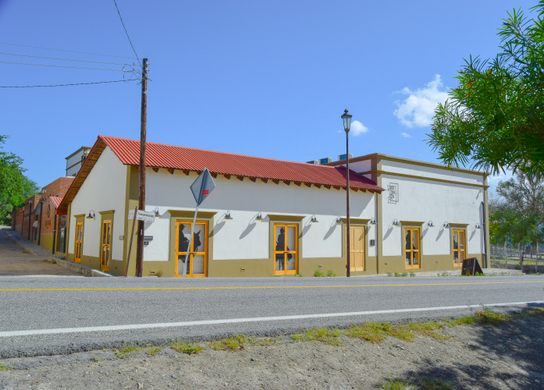



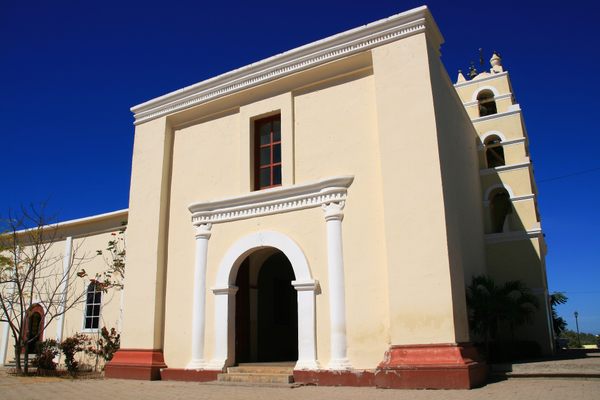
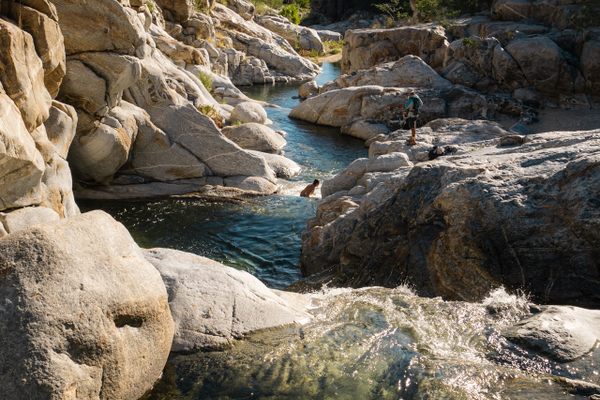
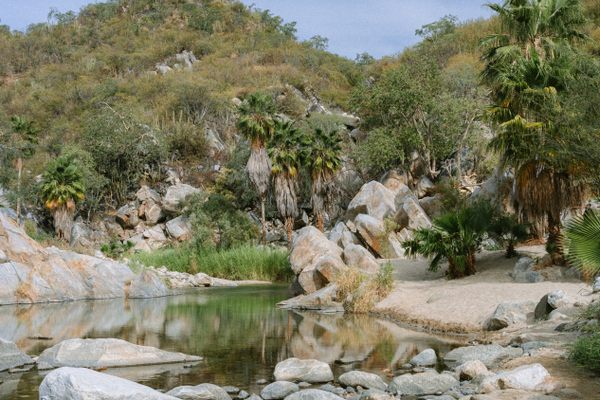



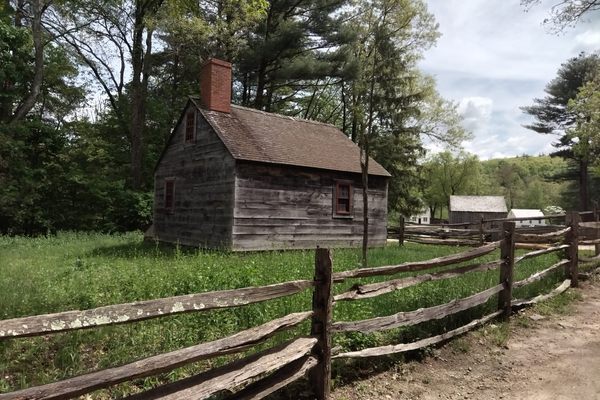
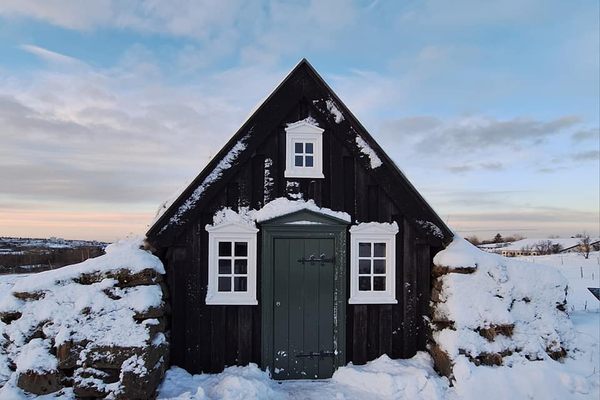


Follow us on Twitter to get the latest on the world's hidden wonders.
Like us on Facebook to get the latest on the world's hidden wonders.
Follow us on Twitter Like us on Facebook